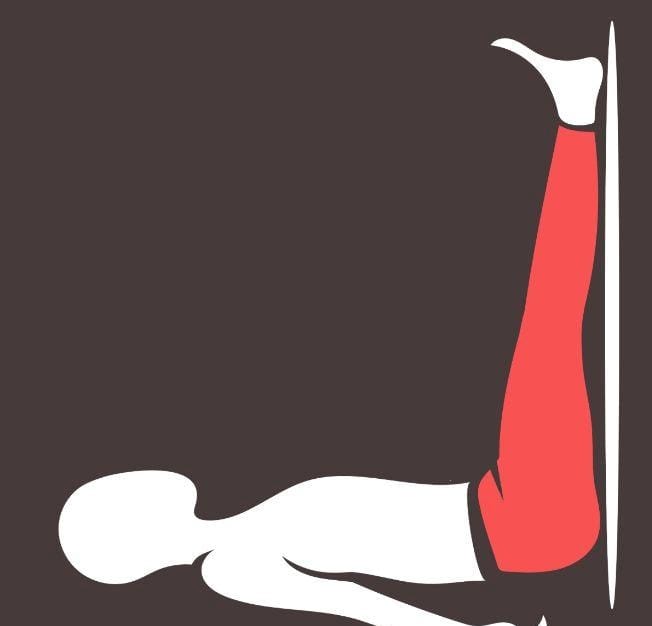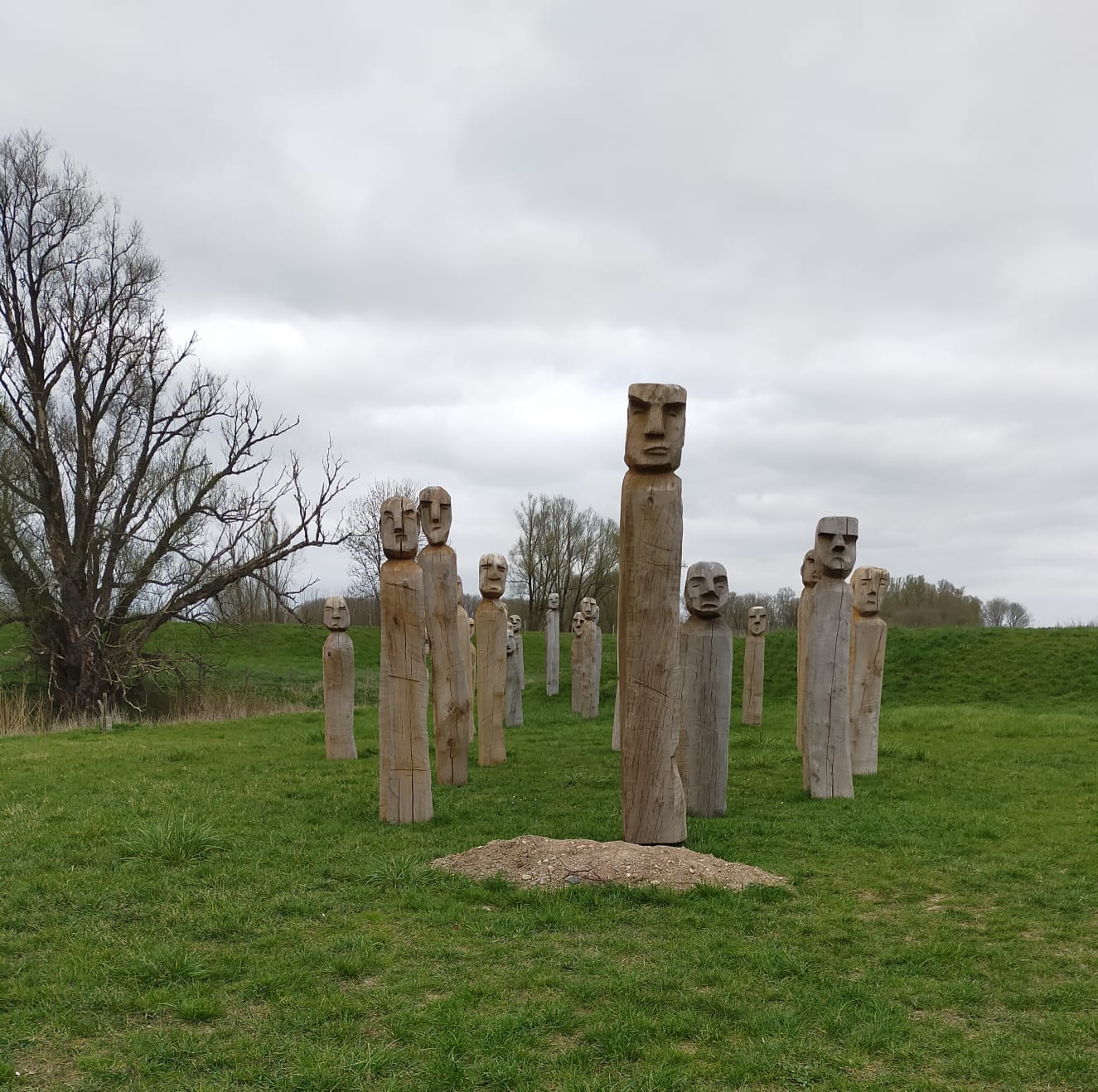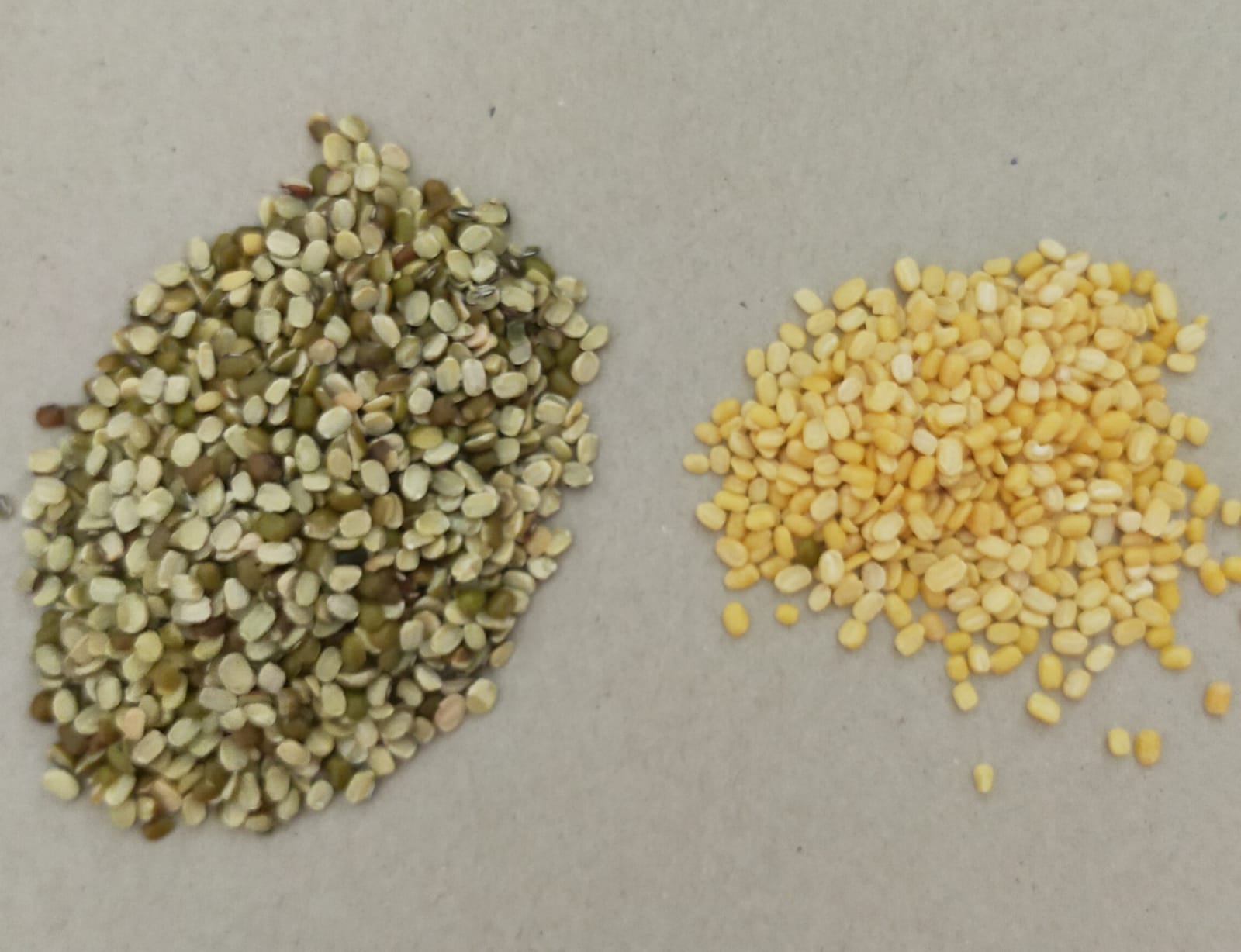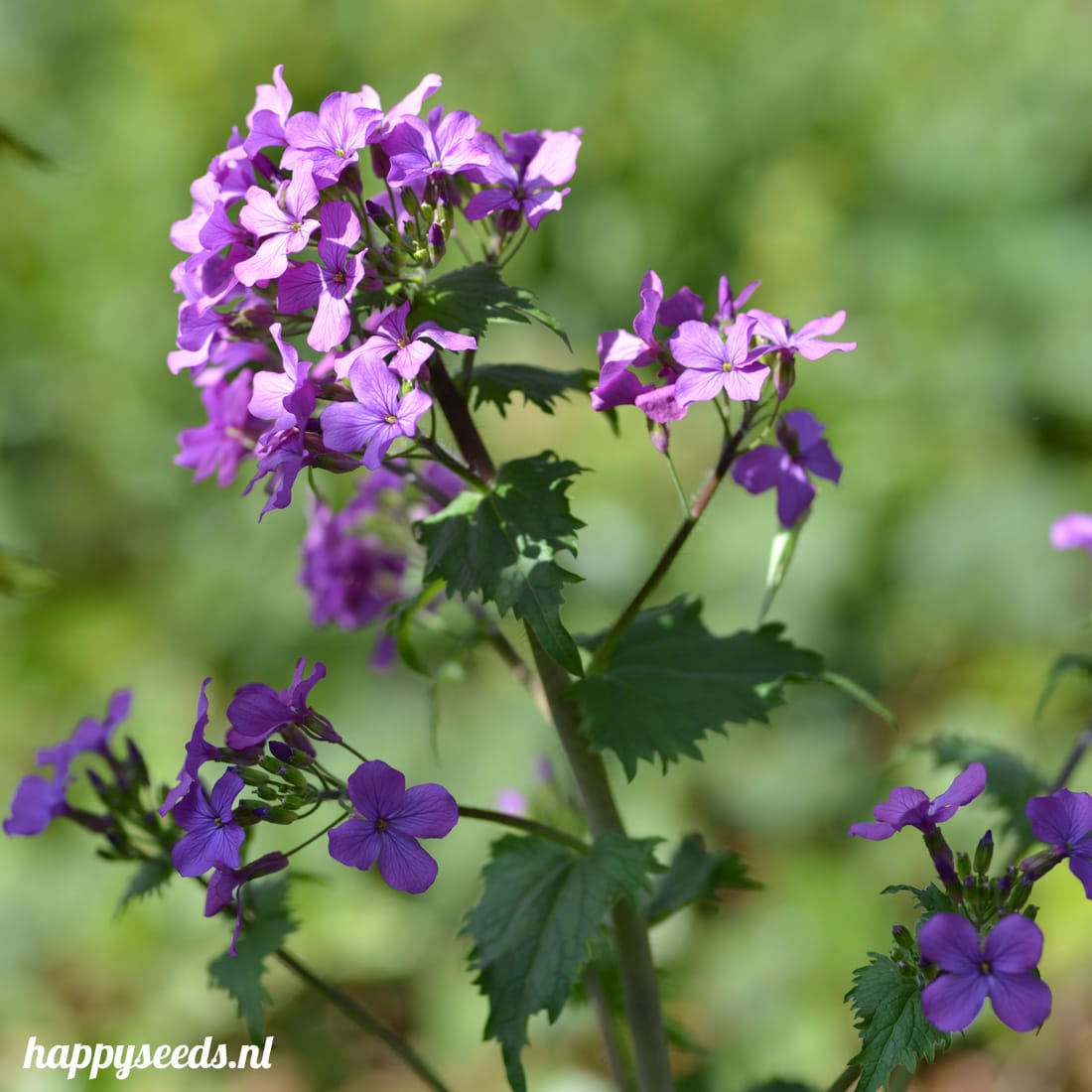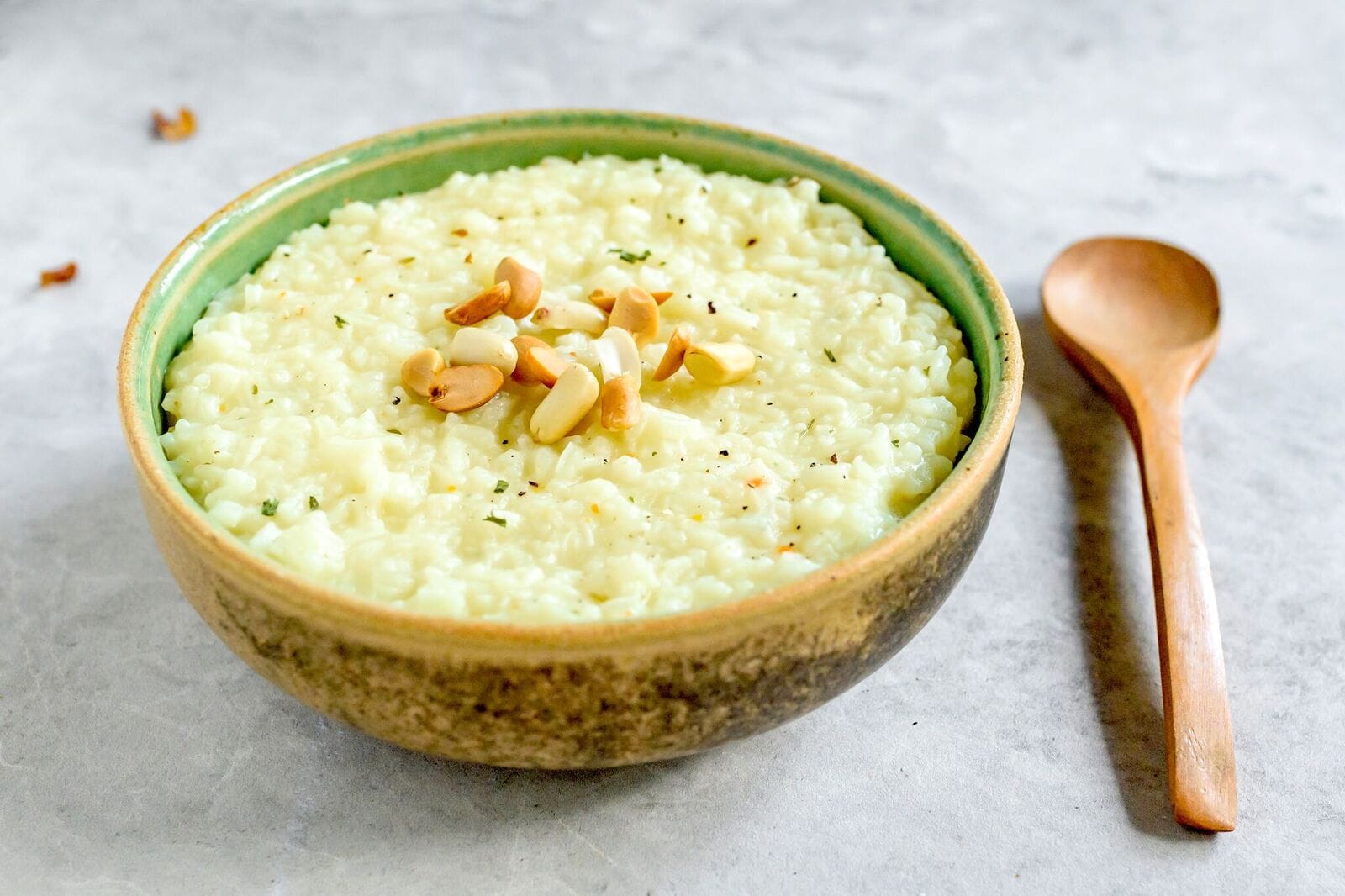An ever increasing number of people are suffering form their digestion in one way or another. So, as I already announced at the end of last year, our digestive system is one of the common threads in the 2020 blogs. Now, let’s start by describing what happens when you eat and drink. You can see this blog as an introduction.
What is digestion?
- Digestion is the breaking into pieces of food, emotions and impressions.
- The food-digestion is the breaking down of food into nutrients that the body can absorb and use. The nutrients are converted into energy or building materials are made from it. The building materials are necessary for growth or for the repair damaged cells. The rest of this blog is about the digestion of food.
A simple overview of your digestive tract
Everything you eat and drink, goes from your mouth, esophagus, stomach, small intestine, large intestine to your rectum. What could not be digested will leave your body through your anus. This whole process, from beginning to end, will take your body 24 to 48 hours. Also your liver, gall bladder and pancreas play a part.
Digestion starts in your mouth. It is important to chew very well, because you no longer have teeth further on in your digestive tract. Enzymes in your saliva start digestion en smooth the food so you can swallow it.
The muscles in the esophagus ensure a drained transport to the stomach. There is a sphincter muscle at the transition from the esophagus to the stomach so that the food cannot flow back.
Your stomach kneads the food and mixes it with very acidic gastic juice. This will break down your nutrition even further. Your stomach has a thick mucous membrane to protect itself against the acidic gastic juice. The fatter you eat, the longer your food will stay in your stomach.
Your stomach sends the food mash dosed to your small intestine. Your gall bladder and your pancreas release digestive juices en enzymes to your small intestine which continues digestion. Most of the nutrient absorption takes place in the small intestine and the nutrients enter the blood stream via the intestinal wall. The small intestine has a very strongly pleated wall with intestinal flakes (villi). This gives you an area as big as a tennisfield in your abdomen through which your nutrients are absorbed. The small intestine is approximately 6 meters long and consists of three parts: the duodenum, jejunum and ileum. The small intestine has a double muscle layer that moves the food, a layer of connective tissue and a layer mucosa. The nutrients are released by the digestion of food. Proteins, fats, sugars, vitamines and minerals are mainly absorbed in your jejunum. Vitamin B12 is an exception; it is absorbed in your ileum. When the nutrients are absorbed, they are transported to your liver via blood and lymph. Your liver makes usable substances that body cells can use als building materials and energy.
Food that cannot be digested further travels to your colon. The large intestine has the same three layers as the small intestine but the mucous layer of the large intestine is not as folded as that of the small intestine. The colon is approximately 1 meter long and is larger in diameter than the small intestine. Salts and moisture are extracted there and faeces are created.
The stool is stored in the rectum and when the rectum is full, a signal goes to your brain and you know that you have to defecate. Your anus consists of circulatory muscles that ensure that the rectum is closed.
Your intestines have their own nervous sytem: the enteric nervous system. This system registers stress. Think of getting a stomach ache when something exiting comes up.
So, digestion is a very complicated process and a lot of organs are involved. In the following blogs, I will dive deeper into this matter with you. This was the Western medical view on digestion. Next month your will find a blog on the digestive tract according to Chinese and Ayurvedic medicine.
If you like, you can ask questions on this subject on my Facebookpage, messenger or leave a comment in the section below.
